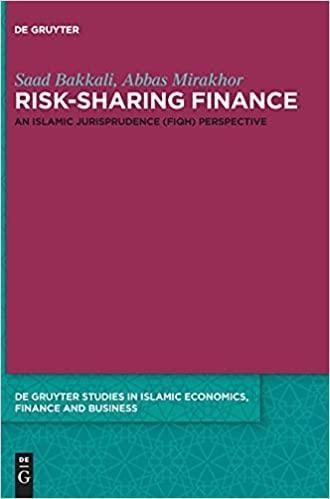Question
The Washington & Willis Brassiere Company has determined that their optimal capital structure is Debt 50% Equity 50% 100% They know from their prior analysis
The Washington & Willis Brassiere Company has determined that their optimal capital structure is
Debt 50%
Equity 50%
100%
They know from their prior analysis that their total capital budgeting expenditures for next year is $45,800,000, thus W&W must raise $22,900,000 of new debt plus another $22,900,000 of equity. $22,900,000 of new debt may be raised at a before-tax cost of 8 percent. The firm will have retained earnings of $10,000,000 available for capital projects next year, thus an additional $12,900,000 must be raised in a new issue of stock. The current price of the stock is $40 per share and the last dividend was (Do = $2.00). The W&W Company has a tax rate of 40 percent and anticipates a return of (ROE)=13.0 percent on new equity investments. The firms earnings per share is $4.00 (E0= $4.00) and the growth implied by the retention ratio and return on new equity invested capital is expected to continue for the future, g=(1-p)*ROE. You also find that the 10-year US Treasury rate is 4 percent, the stock has a beta () of 1.565 and the market risk premium is 5.0%. New common stock may be issued with a 7% flotation cost. Please draw the weighted average cost of capital (WACC) marginal cost curve for capital available for W&W Company new capital investment. (Hint: Plot the weighted average cost of capital showing a break point on the M.C. curve when the firm exhausts its $10,000,000 of retained earnings and must begin issuing new common stock with a flotation cost of 7%.)
Estimate the cost for the $22,900,000 of new debt.
Cost of new debt: rd =
Using both the CAPM and DCF models, estimate the cost of the $10,000,000 of retained earnings and then using the DCF approach estimate the cost of new issue common stock with a flotation cost of 7%. Note that the new stock will be issued at the current market price of $40 per share however, W&W will realize only $37.20 per share because of the flotation cost of the new issue stock
Break point in WACC caused by exhausting retained earnings =
Cost of Retained Earnings:
CAPM:
DCF Model:
Where g = (1-p) ROE =
Step by Step Solution
There are 3 Steps involved in it
Step: 1

Get Instant Access to Expert-Tailored Solutions
See step-by-step solutions with expert insights and AI powered tools for academic success
Step: 2

Step: 3

Ace Your Homework with AI
Get the answers you need in no time with our AI-driven, step-by-step assistance
Get Started


